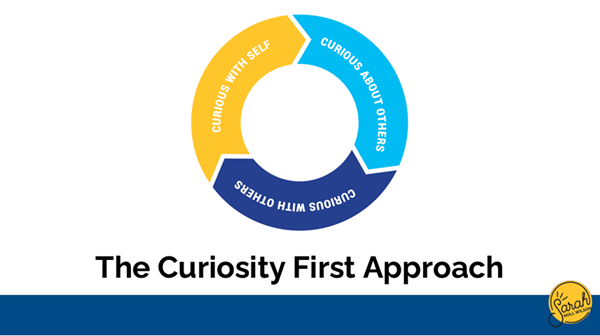
Table of Contents
Connection and psychological safety underpin business success. Yet too many companies lack one or both. That creates poor performance and disengagement. In this article, we explore how to identify a lack of psychological safety and what you can do about it.
At the Business Execution Summit (BEx) 2023, Sarah Noll Wilson shared her lessons from more than two decades of working with CEOs, Human Resources leaders, and organizations. She works with leaders who care deeply about their employees and aim to create psychological safety in their workplaces. She has been a longtime friend of Results and has been a featured guest on our Unleashed Podcast.
High-Performance Teams
High-performing teams are built on the guarantee of psychological safety at work. In 2012, the Google Aristotle Project proved that psychological health and safety in the workplace is the top indicator of team performance along with dependability, structure, clarity, meaning, and impact.
Psychological safety does not equal comfort. Rather, it enables healthy discomfort as team members lean into difficult and high-stakes conversations. Team members don’t always agree, but they always feel valued.
According to Sarah, psychological safety is defined as, “the belief that you won’t be punished or humiliated for speaking up with ideas, questions, concerns, or mistakes.” The belief is built on the 4 steps to boost psychological safety in the workplace:

Feeding the Elephants in the Room
In the absence of safety, people will default to natural human fight or flight responses. This can be seen in their behaviors:
- Fight – conversations are disrespectful, confrontational, and even abusive.
- Flight – people don’t speak up, they only share half-truths, avoid issues, blame others, and misdirect by talking about the wrong things.
These responses create tension, fear, and anxiousness, and over time will lead to the disengagement and departure of key employees.
Sarah calls people who avoid difficult conversations “Avoidephants”. This is a wordplay for labeling individuals who avoid addressing the elephant in the room. These people don’t only avoid but may even undermine anyone trying to necessitate the key conversations.
She further labels Avoidephants into these sub-species:
- Imagiphants are people who have told themselves stories and made assumptions without confirming or testing their beliefs. They become locked into their misconceptions. They don’t dig for truth. This mindset makes them avoid talking about the real issues at the risk of exposing them.
- Blamephants are people who would rather blame, yammer, and point fingers, than admit mistakes. They will blame other team members, management, or senior leaders.
- Nudgephants are subtle. They sugarcoat words and drop hints. Rather than addressing problems head on, they nudge people and conversations towards the issue. This “dancing around the issue” wastes time and energy.
- Deflectephants are team members who use sarcasm and jokes to divert the conversations.
Lead with Curiosity First
It’s hard for us as leaders to know if we have psychological safety. In fact, if we’re not careful we may inadvertently be feeding the elephants. We typically have structural power in the organization and may have other power sources too. All of this can blind us to seeing the truth of what people are feeling and cause those around us to be Avoidephants.
To create psychological safety in the workplace, we must lead with Curiosity First. The Curiosity First approach has three elements:

- Curiosity about self: Creating safety starts with leaders looking inward first. We must ask ourselves if we are demonstrating Avoidephant behaviors. When dealing with our people, we must pause and examine our own reactions and feelings. Are they driven by a personal bias or preference or is it truly a performance issue? What role do we play and what do we need in the relationships with our staff?
- Curious about others: This involves anticipating how those around us may be feeling, what makes sense to them, and what is else going on in their world. We must understand what they might need and would value from us as leaders and their job.
- Curious WITH others: Once the first two steps have been considered, we then move to this collaboration step (thus the word “WITH”). We should prepare for and invite the conversations, stay curious when exploring perspectives, and then confirm goals, actions, and resources needed.
Curiosity is the starting point of relationships and collaboration. Deeply understanding ourselves and our team members lays the foundation for building psychological safety in the workplace.
Unleashing the Potential of Your Organization
Leaders are responsible for company performance, and the research shows that unlocking the highest performance comes from environments with psychological safety. Leading with the Curiosity First approach gives us the best chance to create a winning environment.
Here at Results Business Consultants, we help leaders create psychological safety in workplaces across Canada. If you’d like to learn more about how to build safety, or other ways you can take the simpler path to creating a great business, connect with us or consider attending one of our upcoming leadership events.
You can also find Sarah’s free guide for identifying the elephants, along with other resources, at SarahNollWilson.com.



